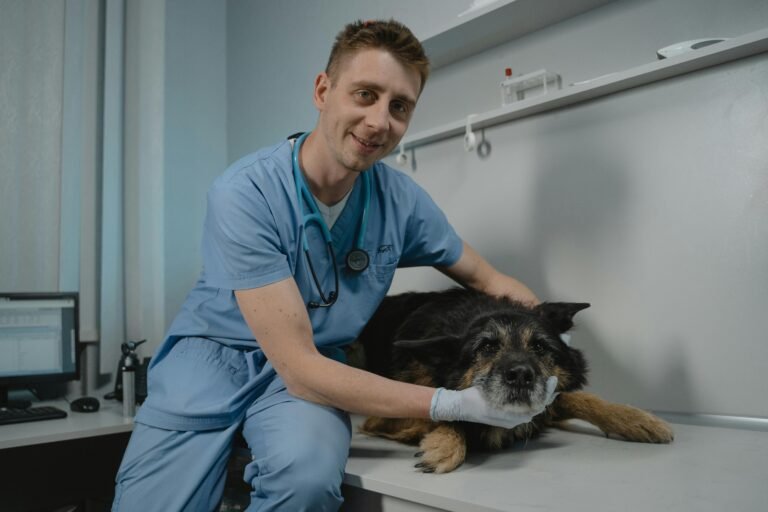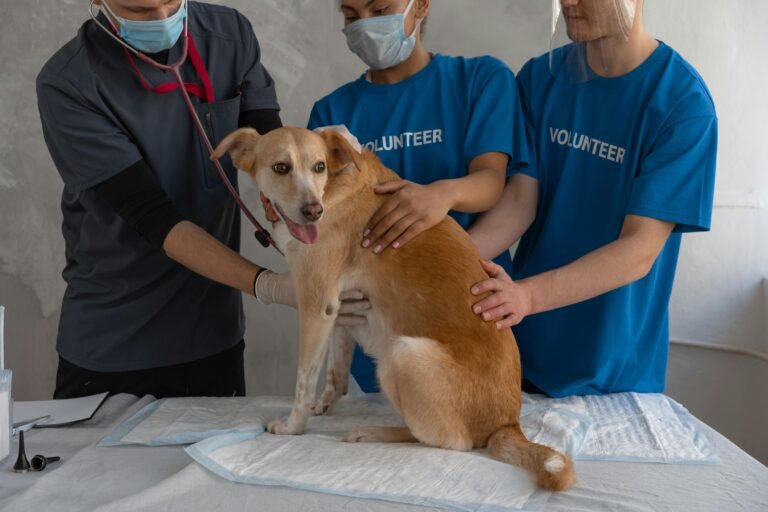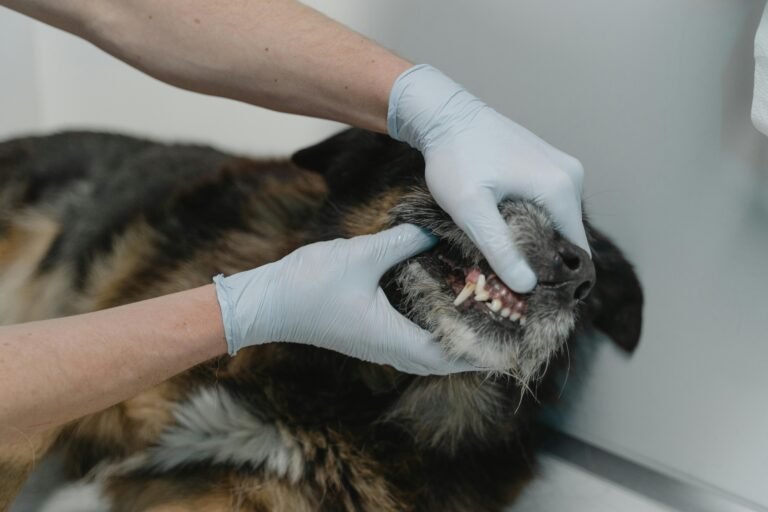Watching your dog struggle to rise or hesitate on walks can be heartbreaking—and it could be more than just age or laziness. Hip dysplasia is a common condition in dogs that affects the hip joint, leading to pain, stiffness, and reduced mobility.
Whether you’re caring for a senior dog or just want to understand the risks, here’s what you need to know about this joint issue—and how to manage it effectively.
What Is Hip Dysplasia?
Hip dysplasia is a developmental condition where the ball and socket of the hip joint don’t fit together properly. Instead of moving smoothly, the joint grinds and rubs, causing inflammation, pain, and eventual degeneration.
Over time, this wear and tear can lead to arthritis or complete loss of joint function if untreated.
Symptoms of Hip Dysplasia in Dogs
Signs can vary based on the severity and age of onset, but watch for:
- Difficulty rising, especially after rest
- Bunny-hopping or altered gait
- Decreased activity or reluctance to exercise
- Stiffness or lameness in the hind legs
- Muscle loss in the back legs
- Audible clicking or popping when walking
Some dogs show signs as early as six months old, while others don’t show symptoms until later in life.
Causes and Risk Factors
Hip dysplasia is most often caused by a combination of genetics and environmental factors:
- Breed predisposition: Large breeds like German Shepherds, Labradors, Golden Retrievers, and Great Danes are at higher risk.
- Rapid growth: Overfeeding puppies or feeding high-calorie diets can accelerate joint development improperly.
- Obesity: Excess weight puts more pressure on the joints and worsens symptoms.
- Improper exercise: Too much high-impact activity during growth stages can contribute to joint issues.
How It’s Diagnosed
Your veterinarian will evaluate symptoms, perform a physical exam, and confirm the diagnosis through X-rays. In some cases, they may refer you to an orthopedic specialist for detailed imaging or treatment plans.
Treatment Options
Treatment depends on your dog’s age, severity, and lifestyle. Common solutions include:
1. Weight Management
Keeping your dog at a healthy weight is the most important and cost-effective step you can take. Less weight = less joint stress.
2. Joint Supplements
Glucosamine, chondroitin, and omega-3 fatty acids support joint health and reduce inflammation. Look for vet-approved brands.
3. Anti-Inflammatory Medications
NSAIDs prescribed by your vet can help manage pain and inflammation. Never give human pain meds without approval—they can be toxic to dogs.
4. Physical Therapy
Hydrotherapy, laser therapy, massage, and strengthening exercises can improve mobility and reduce stiffness.
5. Surgery (for Severe Cases)
- Femoral Head Ostectomy (FHO): Removes the head of the femur for smaller dogs or less severe cases.
- Total Hip Replacement (THR): A full replacement of the joint, typically for larger or more active dogs.
Can You Prevent Hip Dysplasia?
You may not be able to eliminate risk entirely, but you can reduce the chances:
- Choose breeders who test for joint health (OFA or PennHIP certifications)
- Feed large-breed puppies age-appropriate food to support slow, controlled growth
- Avoid high-impact exercise in young dogs
- Keep your dog at a healthy weight and active throughout life
Final Thoughts
Hip dysplasia doesn’t have to end your dog’s active life. With early intervention, ongoing care, and lots of love, your pup can enjoy comfort and mobility for years to come.
If your dog shows any signs of joint pain, talk to your vet—early action can make all the difference.






